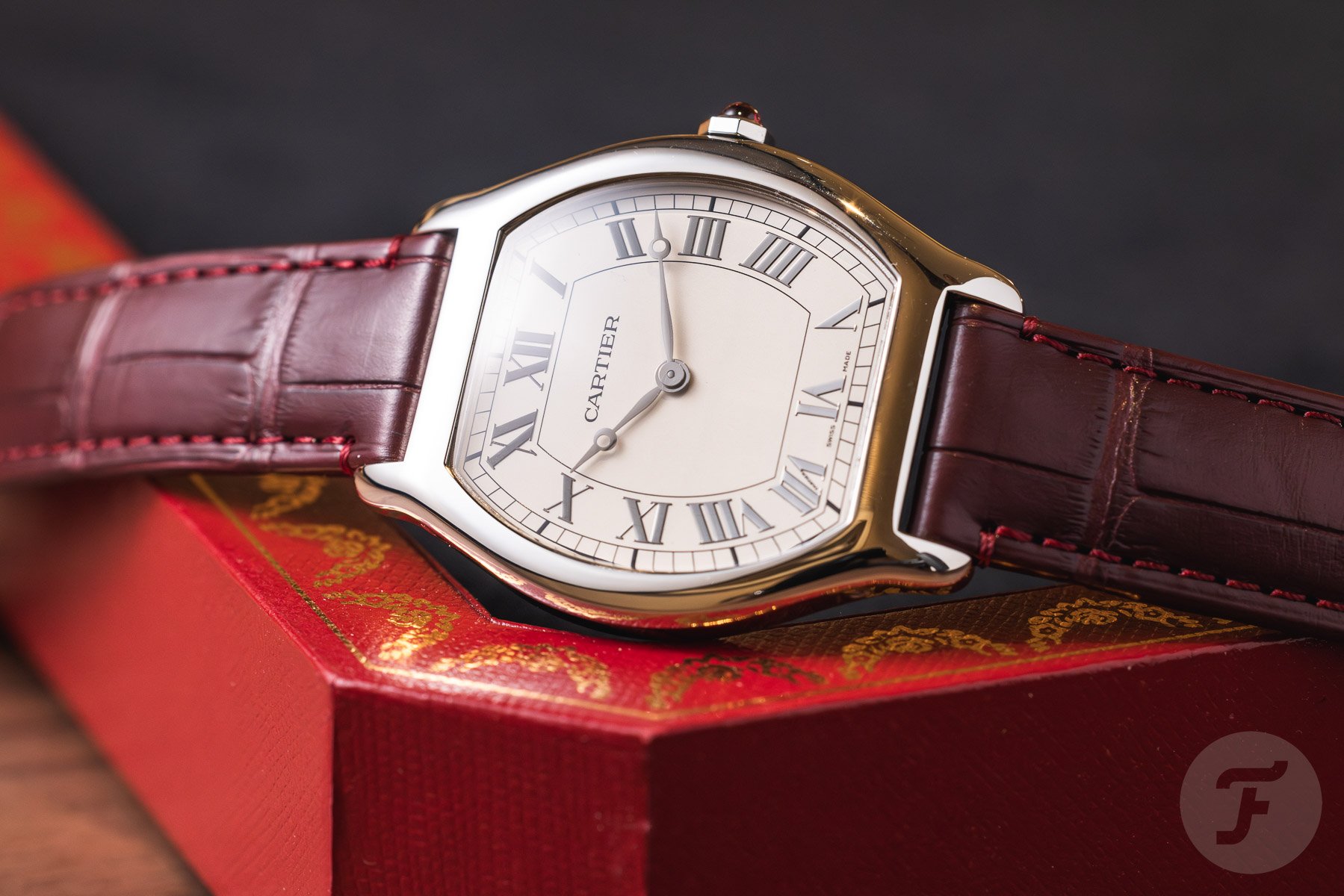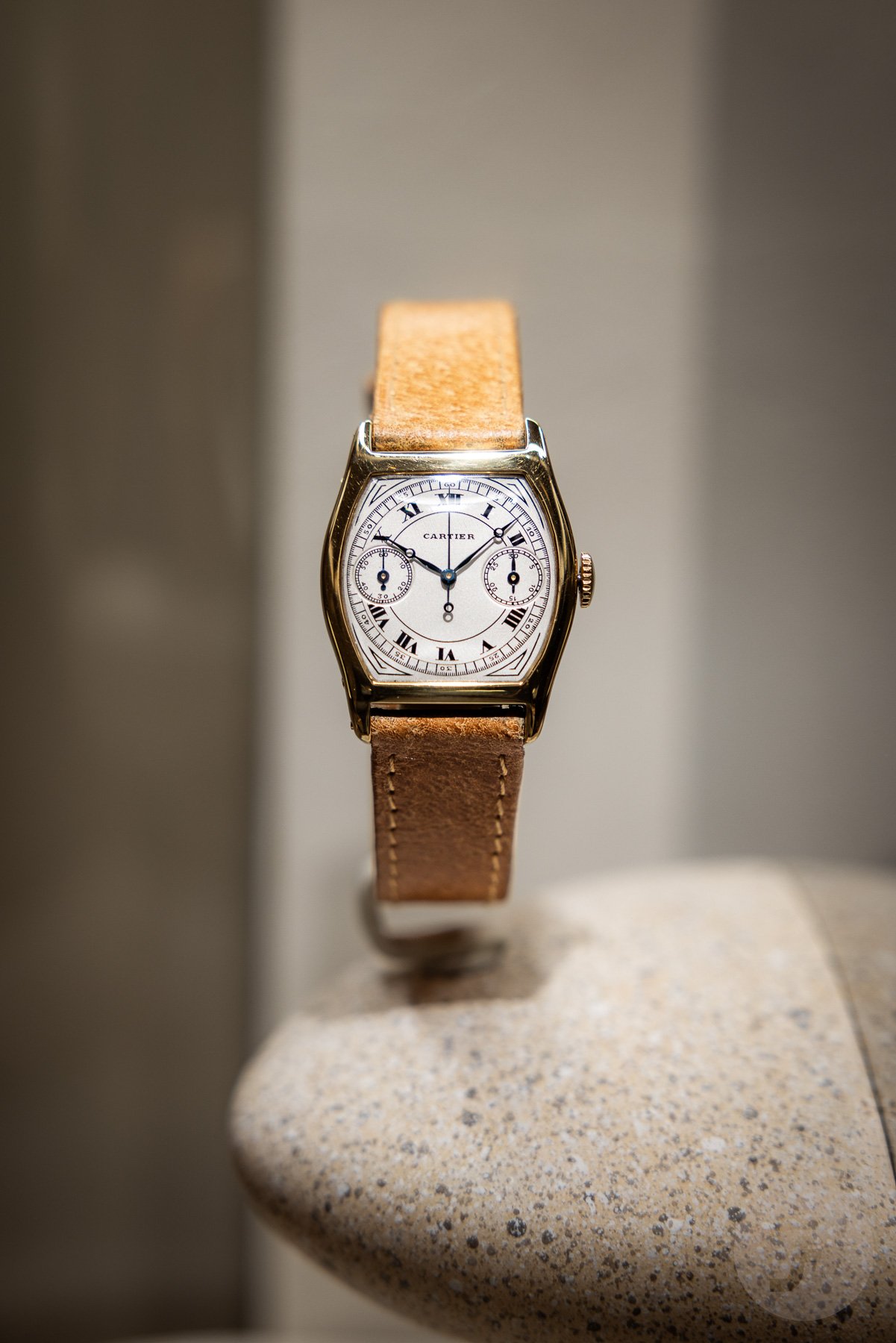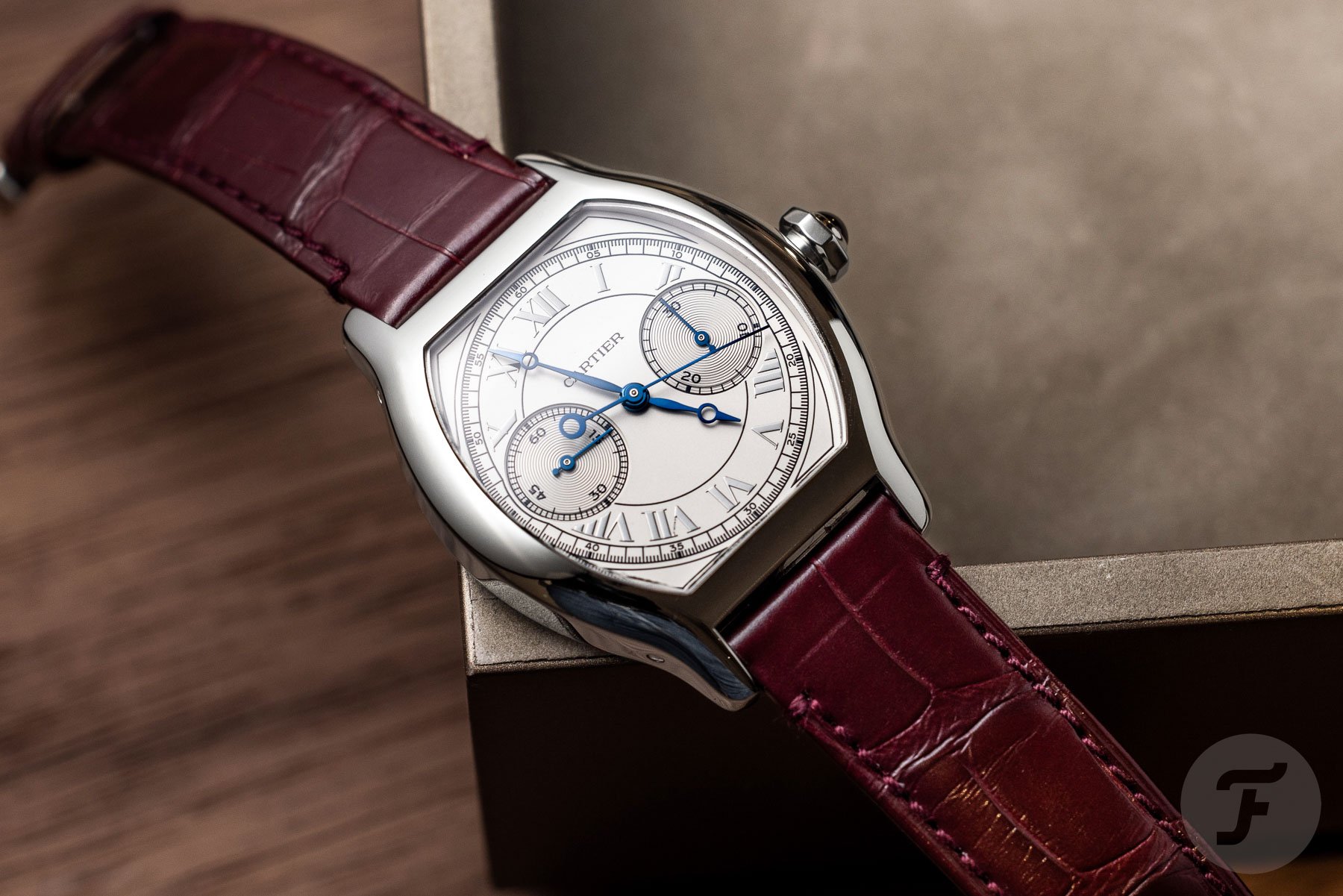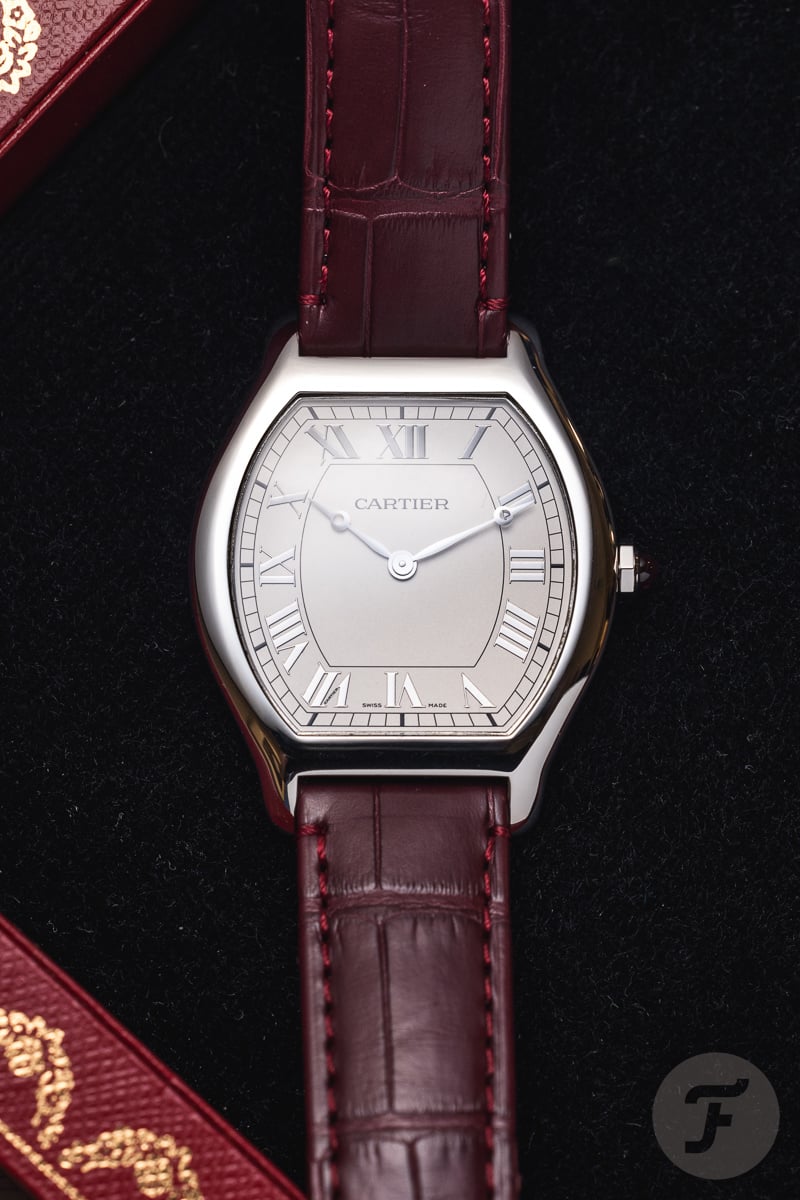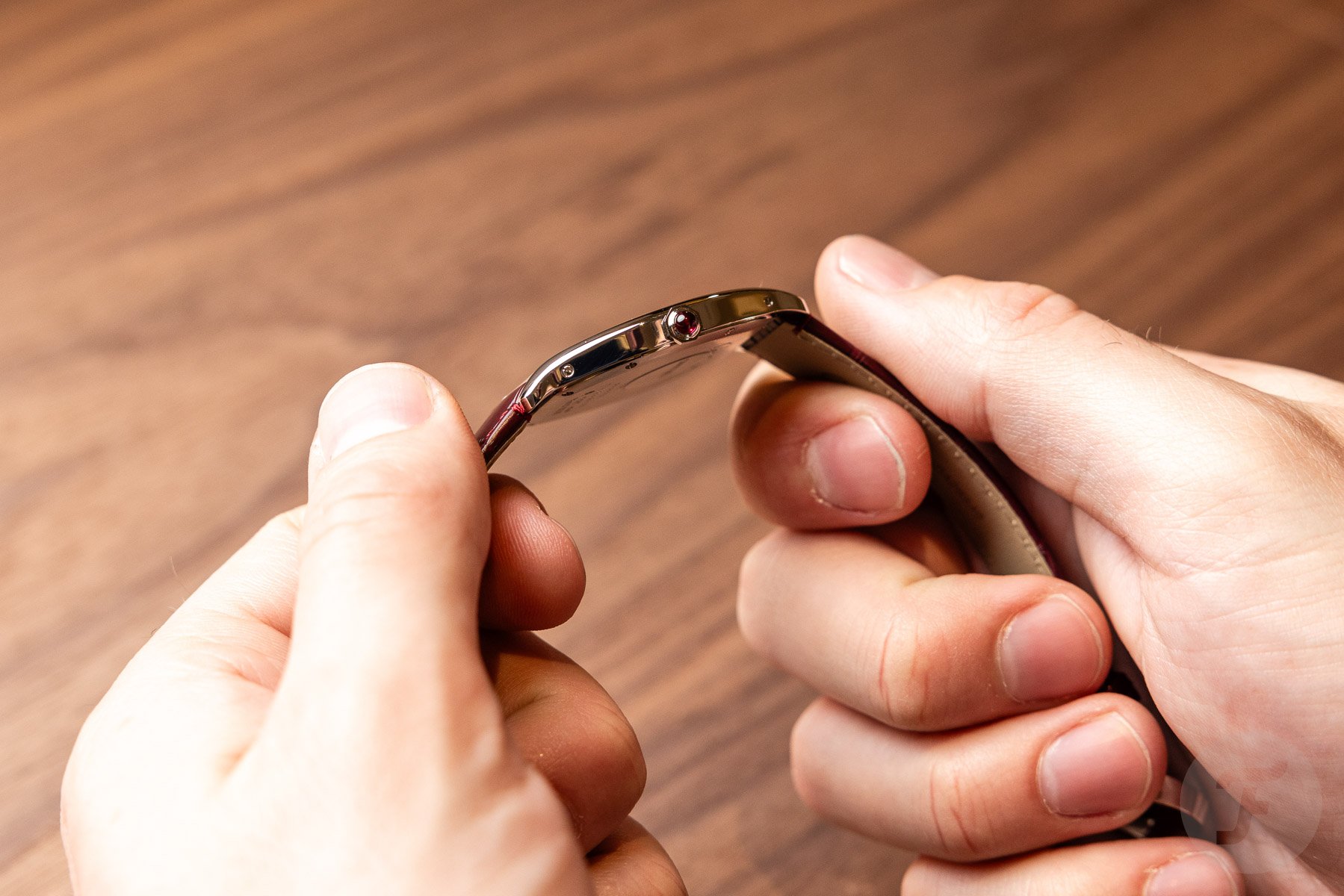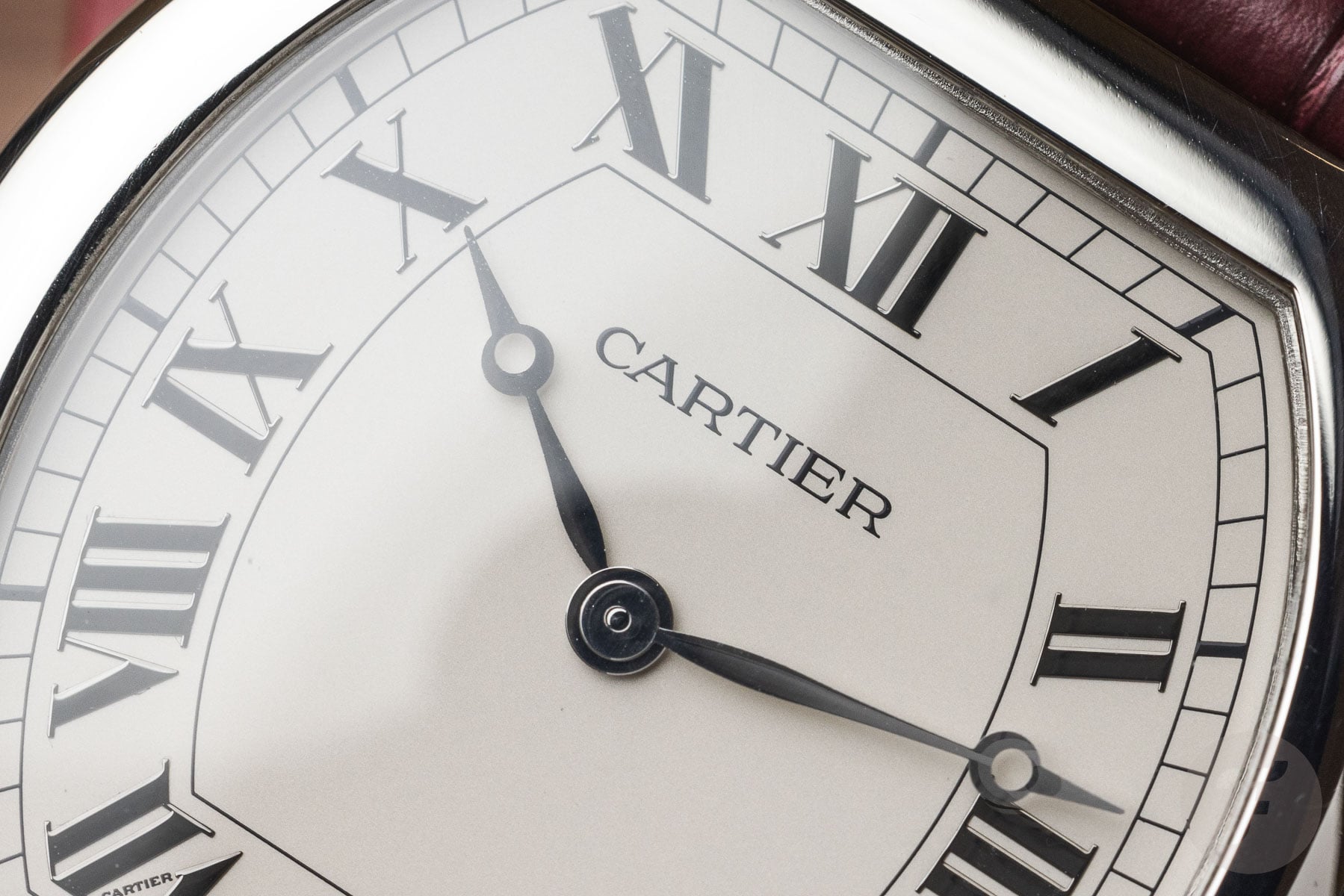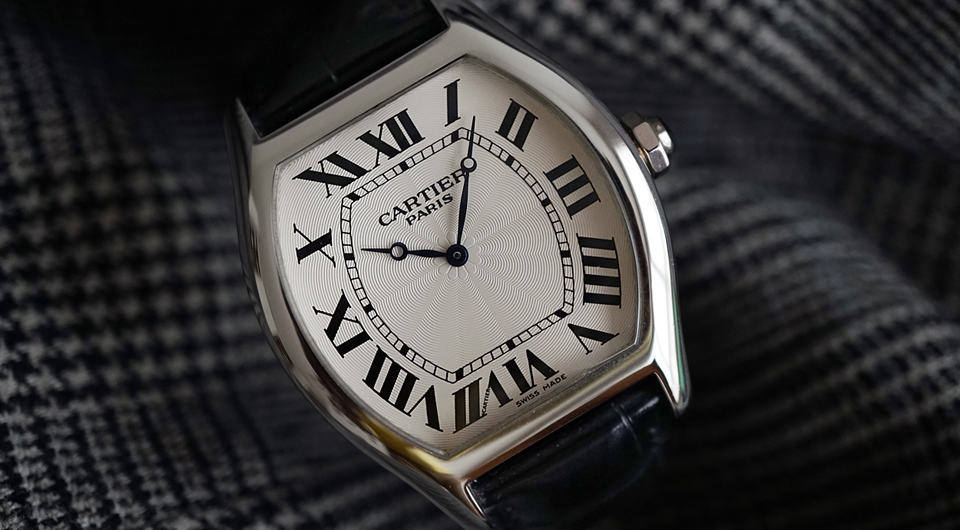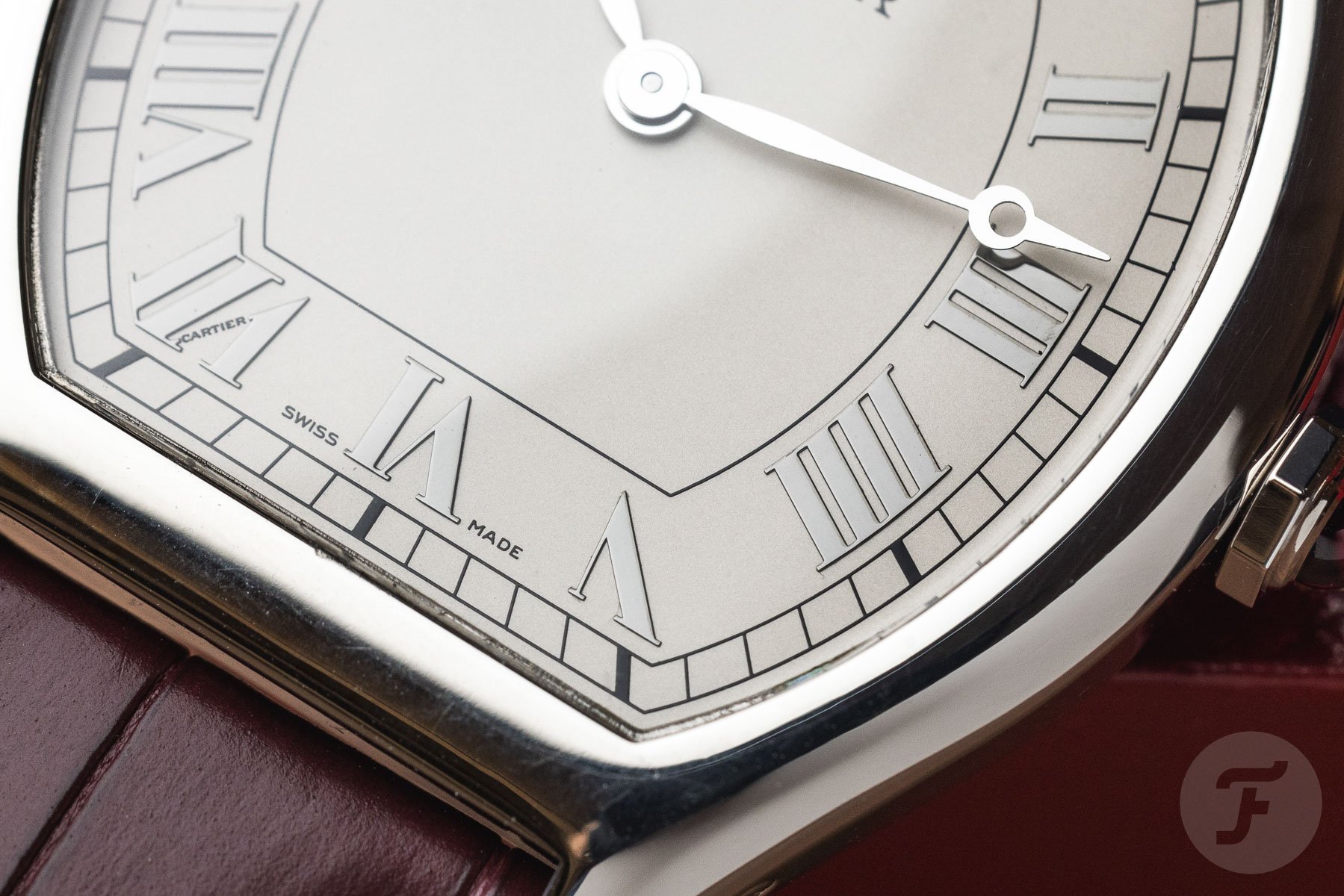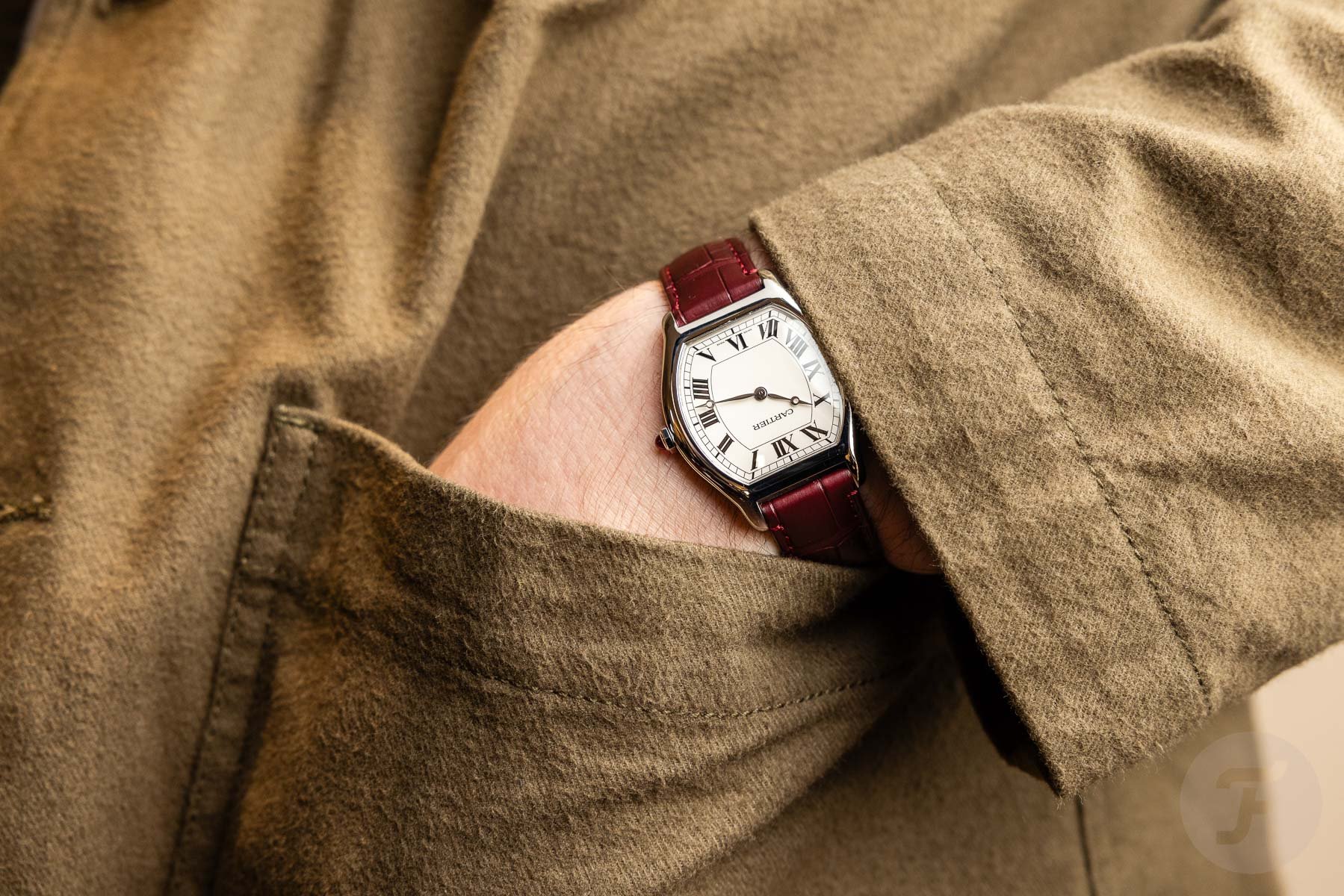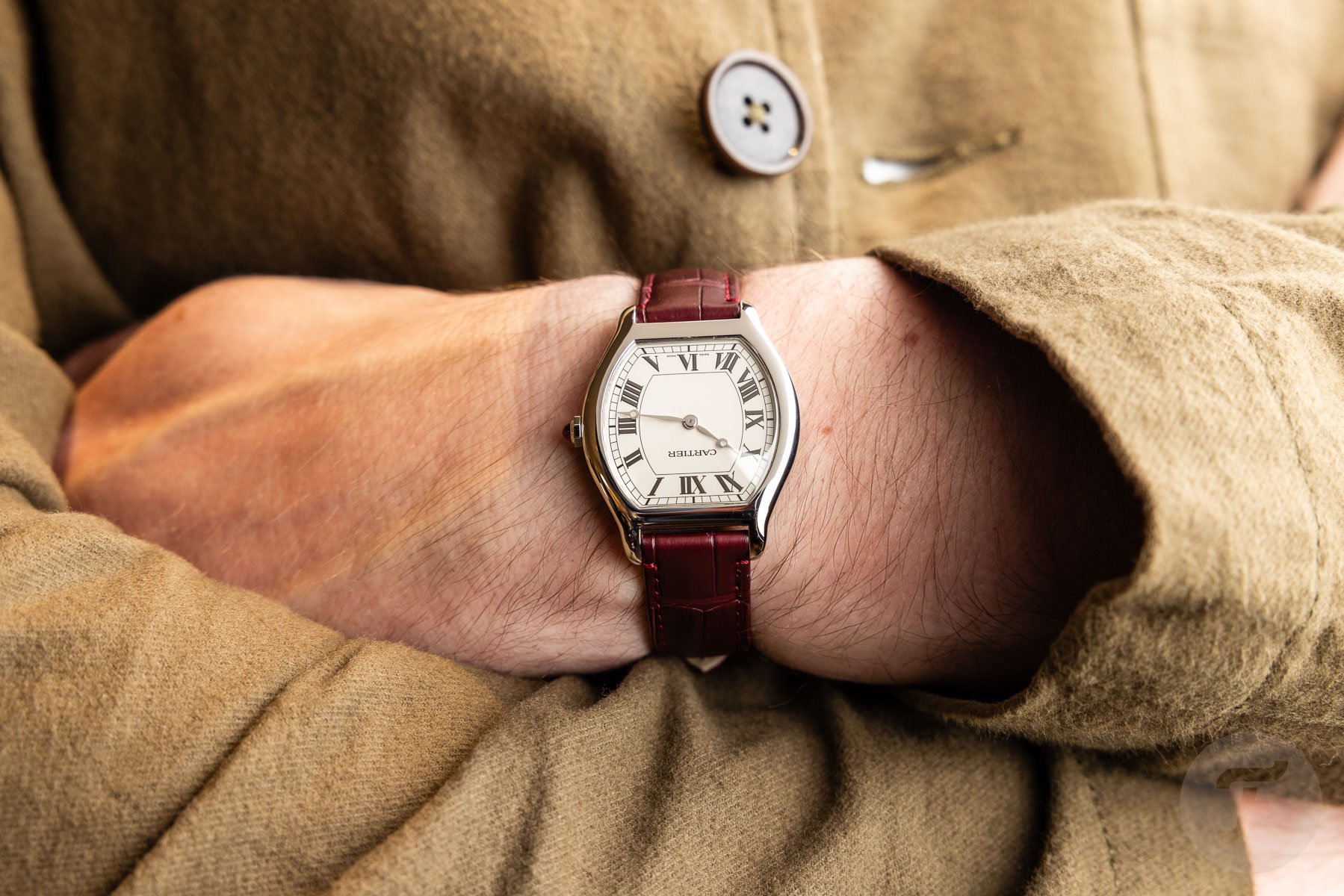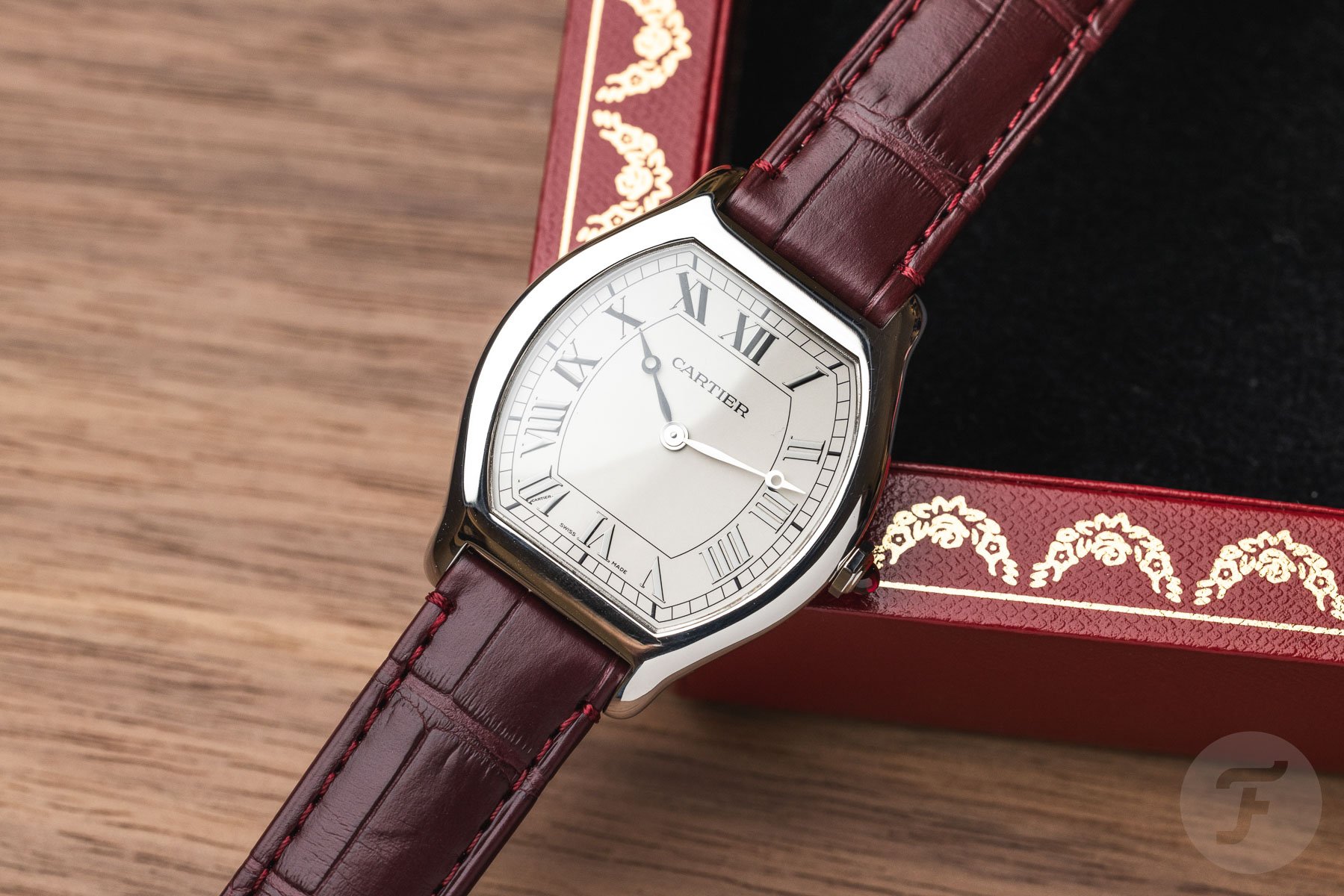A Useless Bit Of Consumer Advice: A Review Of The Cartier Tortue Hours/Minutes
We love to provide proper, useful consumer advice here on Fratello. Unfortunately, I won’t be doing that today. Instead, I’ll be writing about my experience trying on one of my favorite releases of this year, the Cartier Tortue Hours/Minutes. This is a watch that, even if you could afford it, isn’t available anymore. I thought I’d share that sad news before waxing poetic about the watch to protect you from disappointment later on.
In short, this is perfectly useless consumer advice. Still, we don’t always have to get what we want, do we? There is beauty in admiring something from afar. Join me in an exploration of some lovely unobtainium.
The Cartier Tortue Appeal
I am not the first to fall hopelessly in love with a Cartier Tortue. Our dearly missed fellow Fratello contributor George Cramer documented his hunt for a Tortue almost a decade ago. There is something elusive about it. Cynics will surely call it fabricated scarcity, and I readily admit it is. In a way, though, I like that Cartier keeps its Tortue releases few and far between. The small production numbers and high-end execution only add to the desirability.
But that is not all. The Tortue is also interesting because it is one of Louis Cartier’s original shapes. He designed the first model in 1912, five years before the Tank. Of the iconic models, only the Santos (1904) and Tonneau (1906) predate it. Some later Cartier watches can look somewhat contrived, but the Tortue is certainly not one of them. You can see clearly that it is one of the original expressions of Cartier’s design language. It is perfectly coherent and organic in its proportions. Great designs tend to have an urgency, and I see that here.
I have proclaimed that the Tortue Monopoussoir is one of my grail watches, and it is. However, I was pleasantly surprised by the time-only version when I got to try it. It does not feel quite as special as the chronograph, but it is similarly flawless in its design and execution.
Cartier Tortue Hours/Minutes specifications
Cartier introduced the latest version of the time-only Tortue at Watches and Wonders this year. Three versions were available. The first was a yellow gold model limited to 200 pieces. The second was platinum with applied platinum numerals and limited to 200 pieces. The third, also platinum, featured a diamond-paved case. This final version was limited to 50 pieces. None appear on the Cartier website anymore.
Regardless of the execution, the case measures 32.9mm wide by 41.1mm long (lugs included). That sounds diminutive, but it has plenty of wrist presence thanks to the tortoise-inspired shape. Notably, the case is also only 7.2mm thick. Handling the Tortue reminded me that we see too few thin watches nowadays. The slimness adds so much elegance and comfort.
Inside ticks the hand-wound caliber 430 MC based on the Piaget caliber 430P. This movement is barely 2mm thick and beats at a 21,600vph frequency. It offers a power reserve of 38 hours. Accuracy is not specified, but who cares if the watch doesn’t even have a seconds hand? I applaud that Cartier prioritized thinness over specs like power reserve and accuracy. The result stands out in a sea of amazingly specced but mediocre-looking watches.
Dial options
Most earlier Cartier Tortue models had guilloché dials. You may remember the signature vintage flower rosette in the center. These new versions are a bit more minimalist. The dials are opaline, which is an ultra-finely grained media-blasted texture.
This looks particularly great on the 18K yellow gold version, which would be my pick. The dial is pale gold, and the numerals are painted stark, glossy black. This high-contrast combination is more classical than the applied numerals on the platinum models.
Another attractive element is the Breguet-style handset. Unlike most earlier Tortue models, it isn’t blued but executed using the same material as the case. Combined with the opaline dial, this creates a more subdued and subtle aesthetic than earlier versions. Other changes, such as the minute track moving to the dial’s perimeter, clean up the design.
Wearing the Cartier Tortue Hours/Minutes
It took my mind a second to adjust to the Cartier Tortue when I strapped it on. The Monopoussoir, due to its meatier proportions, is an easier transition from the sportier watches I typically wear. The Hours/Minutes is an “old-world watch” if that makes sense. It does not play by the rules of modern watches. Rather, it is small, flat, and elegant. It takes confidence to wear it, which only makes it cooler in my eyes.
Overall, I found it to be a lovely object to handle. Something is jarring about a watch that is so distinctly vintage in proportions yet feels like a solid block of precious metal. It looks dainty, but it certainly doesn’t feel that way. This disconnect between senses is very appealing.
Unfortunately, I did not get the chance to try on my preferred version in 18K yellow gold. I expect this to have a little more presence than the platinum one. Still, I found myself getting comfortable with the platinum model quite quickly. Maybe it was the combination with my army jacket, but I felt like an early 20th-century general, largely thanks to the Tortue; it has that chic, commanding vibe. For a moment, I seriously considered growing a parted pencil mustache. I may be oversharing here.
Closing thoughts
It is no secret that the Cartier Tortue is a grail watch of mine. The thing is, it challenges my preconceived notions about watches. It has none of the looks, specs, and features I typically look for in watches, the things that push me towards watches like the Rolex Explorer or Submariner. Those are in my comfort zone; this sits far outside it.
Still, something tells me I could sell all my watches and be perfectly content with just a yellow gold Tortue. It’s good that all 200 pieces are long gone…
What do you think of the Cartier Tortue Hours/Minutes? Let us know in the comments section below!

